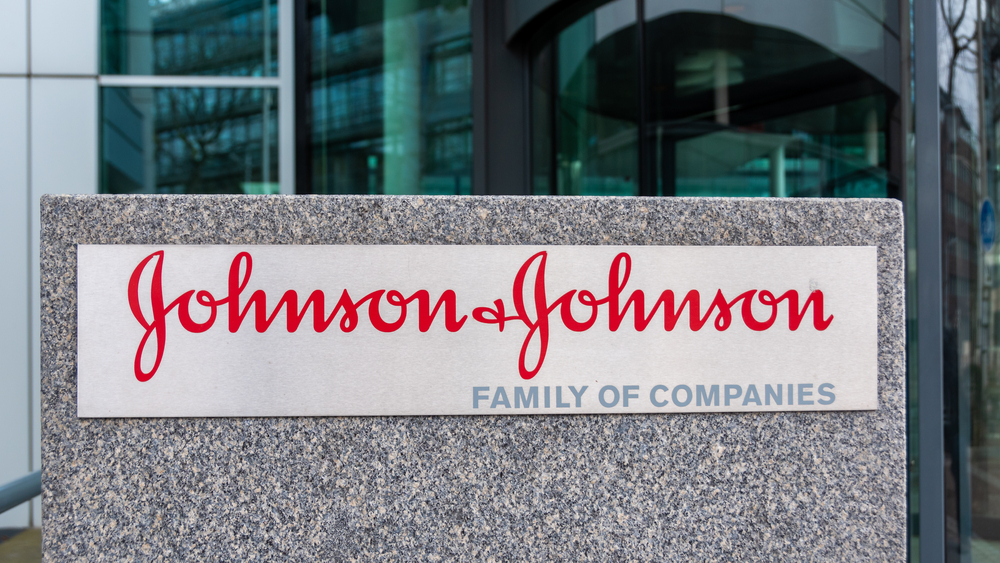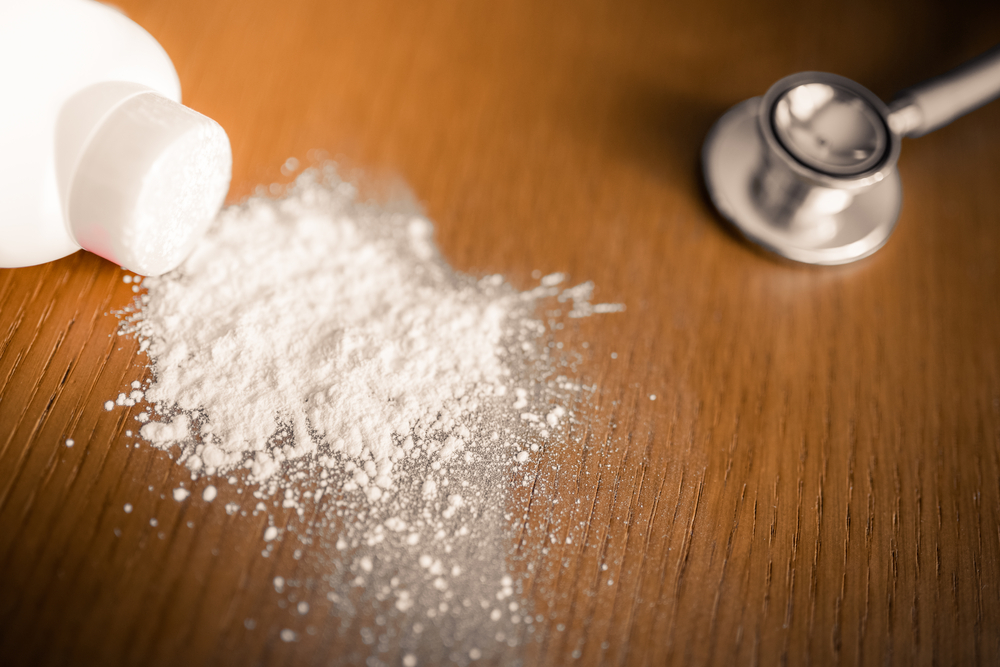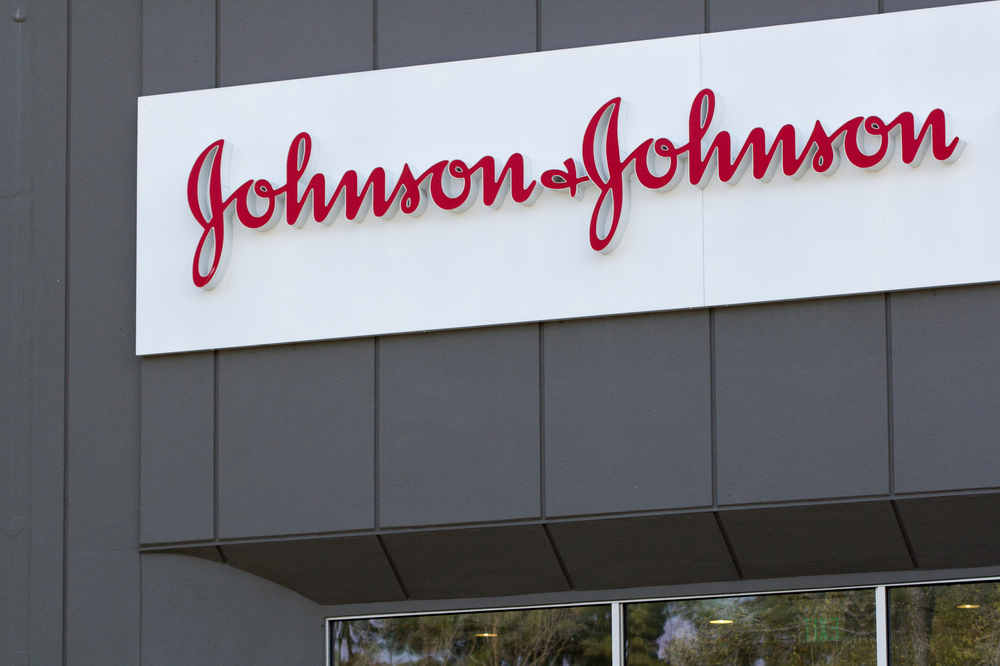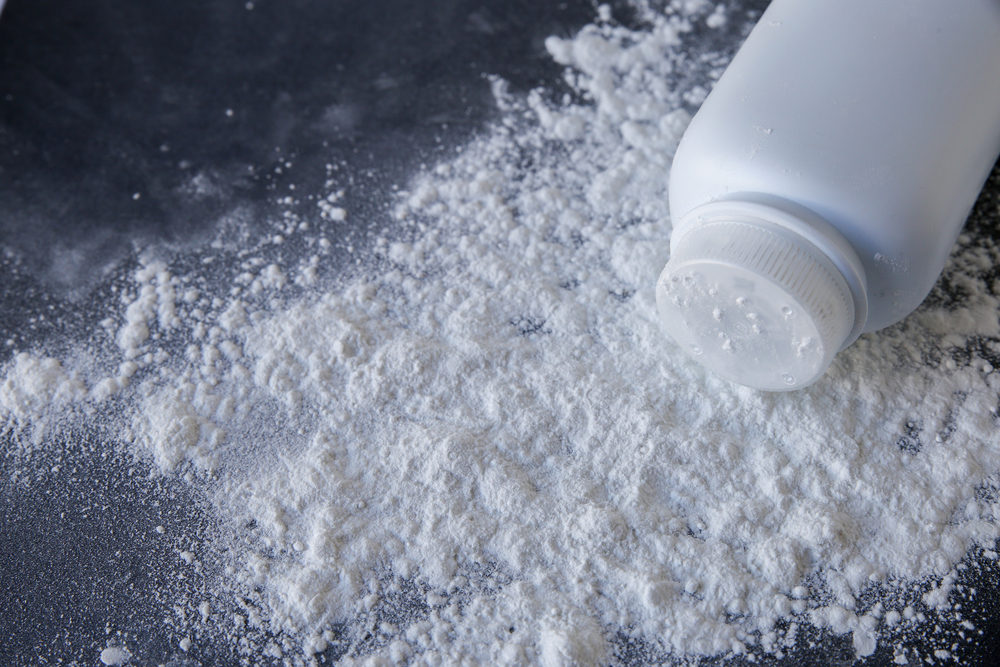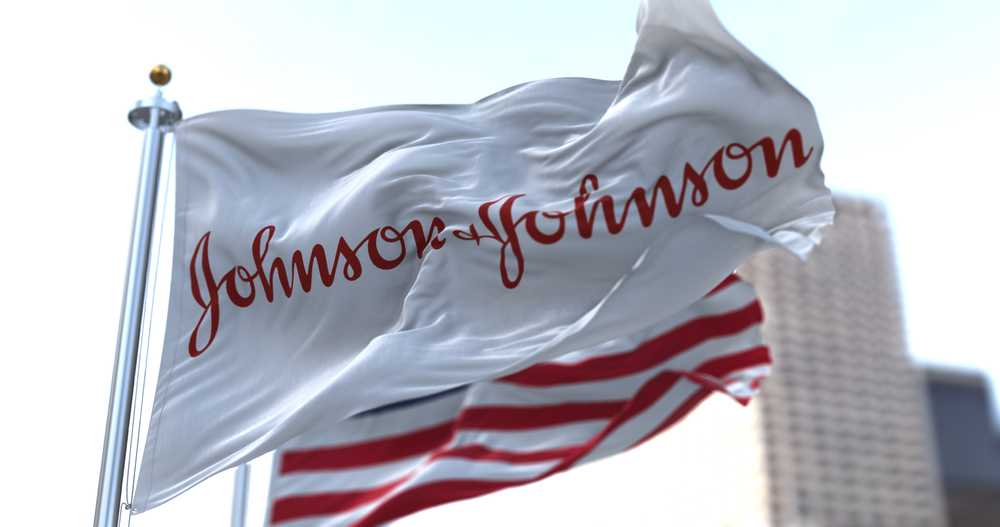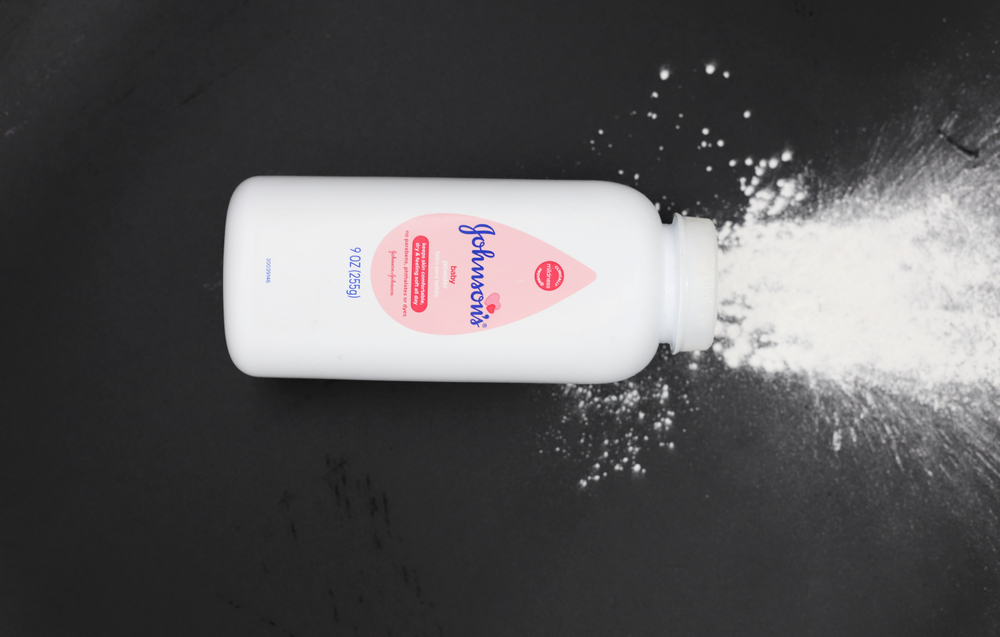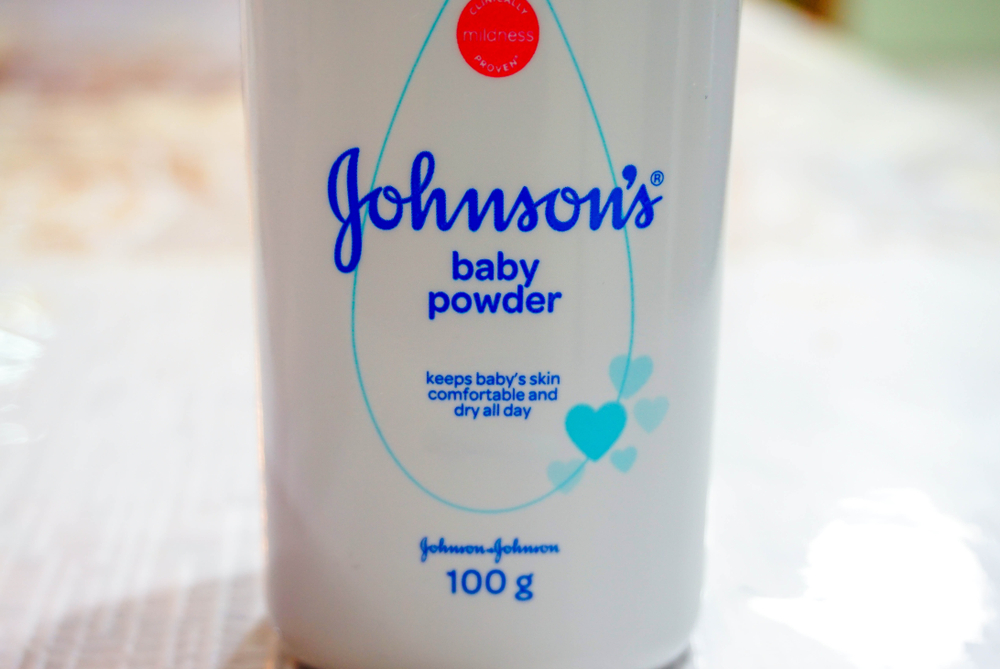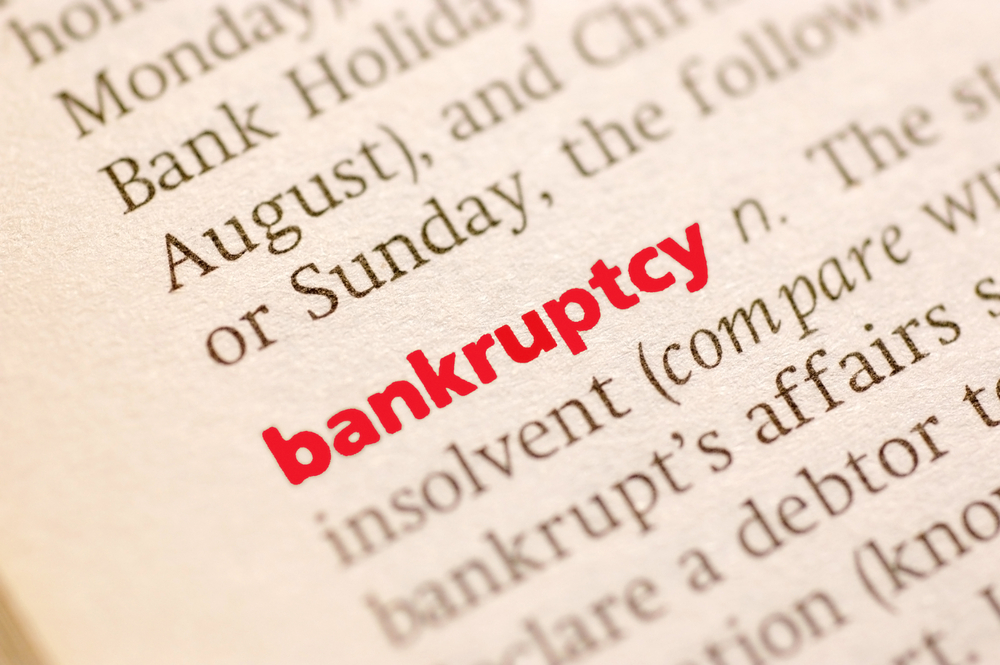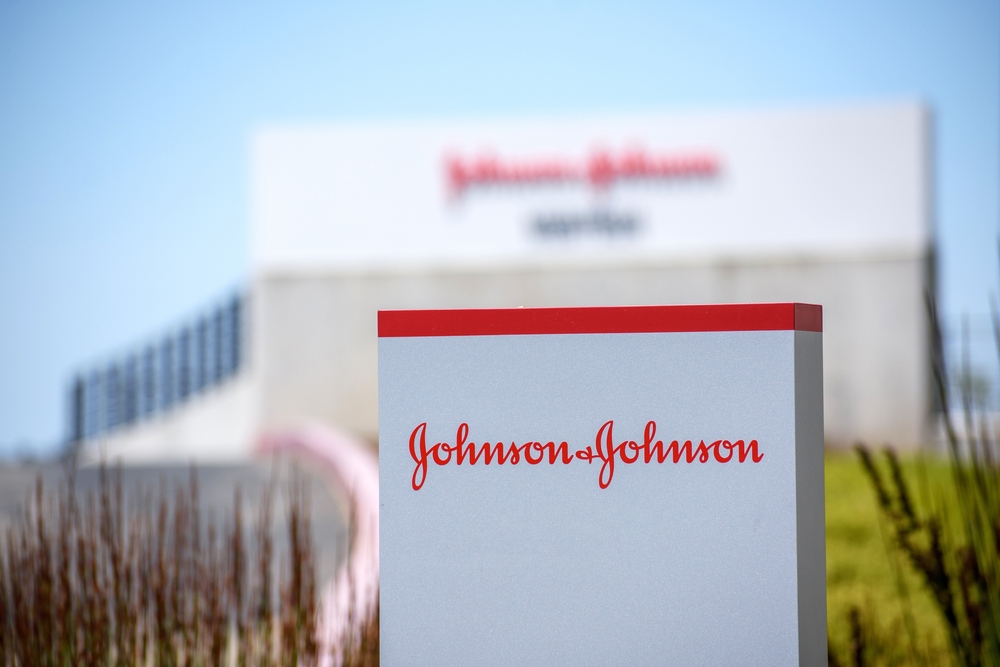Bankruptcy Can’t Fully Protect J&J From Baby Powder Lawsuits
Since 1886, Johnson & Johnson health and pharmaceutical products have appeared in homes across the U.S. and around the world. From baby powder to sunscreen, J&J products fill a variety of consumer needs. But recently, the company has faced a mounting number of baby powder lawsuits. These lawsuits stem from consumers who allege that J&J baby powder contains asbestos. The presence of asbestos, a known carcinogenic, in baby powder may have contributed to the growing number of cancer cases in those who used this product. Advocates have argued that J&J knew their products contained asbestos but continued to sell the product.
Bankruptcy Maneuver Puts Baby Powder Lawsuits on Hold
In 2009 the first lawsuit was filed against J&J, alleging that their baby powder caused cancer. Since then, nearly $3.5 billion has been awarded to plaintiffs through settlements and verdicts. Some of these verdicts and settlements have been overturned through appeals.
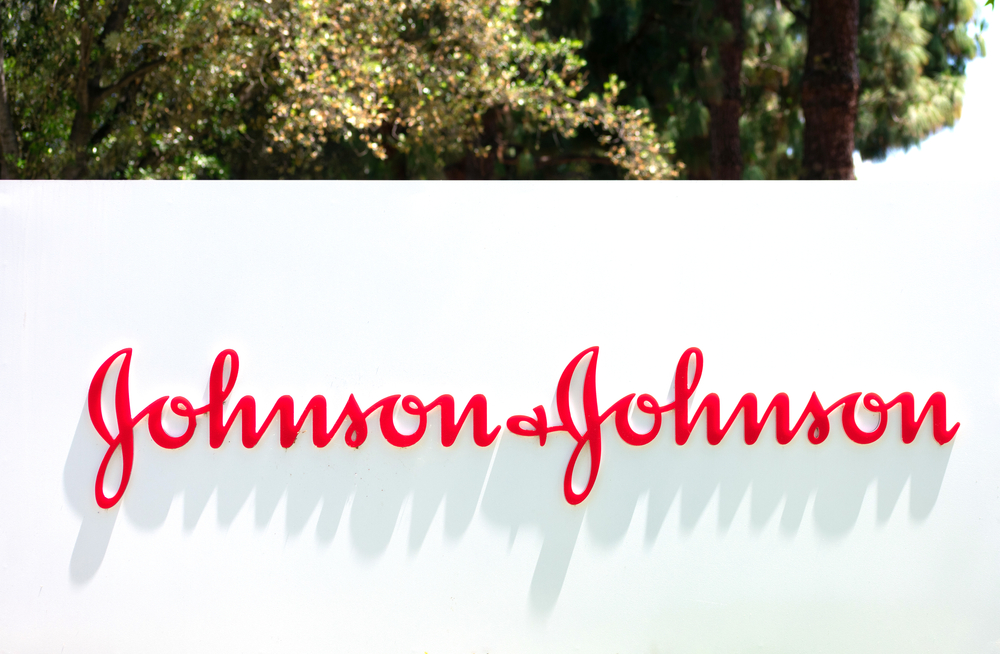
Most retailers in the U.S. and Canada pulled J&J baby powder off store shelves in 2019. J&J has shared that the items were removed due to decreased retail sales and misinformation about the company’s lawsuits.
Recently, U.S. federal judge Michael Kaplan ruled that the J&J bankruptcy plan, which saw the creation of LTL Management, could proceed. In this plan, J&J split into two companies and shifted the baby powder lawsuits to LTL Management, which promptly filed for Chapter 11 bankruptcy protection. This move split J&J assets from its liabilities. When LTL filed for bankruptcy, more than 38,000 lawsuits were placed on hold until the bankruptcy plan was approved.
Plaintiffs were furious as J&J is one of the wealthiest companies in the country, valued at more than $450 billion. It’s believed that these maneuvers could save J&J billions of dollars. The bankruptcy filing could be an effort to avoid excessive payouts and force plaintiffs to accept lower value settlements.
Bankruptcy Cannot Block Industrial Talc Lawsuit
J&J is facing a another lawsuit filed by the family of a man who worked at their Windsor Minerals mine, where talc was extracted. In 1986 this worker filed a lawsuit against J&J, alleging that his lung disease resulted from being exposed to asbestos while working at the mine. The employee agreed to drop his lawsuit after J&J produced sworn testimony that no tests showed J&J talc contained asbestos. The worker’s family has reopened the case, arguing that many of the lawsuits filed against J&J in recent years were successful because there is evidence to support that talc contains asbestos, which leads to cancer, such as ovarian and lung cancer. The family alleges that evidence shows the company has withheld test results and provided false records.
While most of the J&J baby powder lawsuits are currently on hold, the lawsuit filed by the worker’s family was permitted to proceed because it alleges J&J hid evidence and differs from the other baby powder lawsuits.









